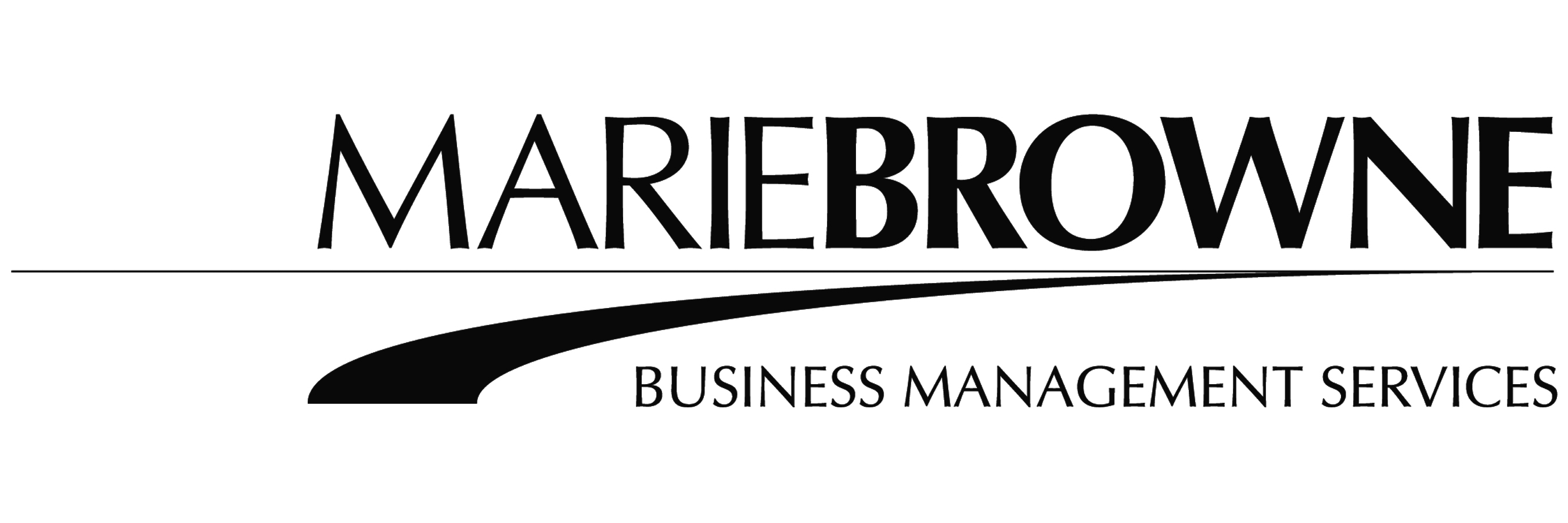
Another program that was part of the $2 trillion CARES act is the Employee Retention Credit for Employers Subject to Closure due to COVID-19 Crisis. This program is designed for small employers, but is not available to businesses who have received a Paycheck Protection Loan, and it is not available to self-employed individuals.
This credit is available to businesses who have been fully or partially shut down by government order (e.g. restaurants), and to businesses who have seen a “significant” reduction in gross revenue. (One or the other, or both establish eligibility.)
A “significant” reduction in gross revenue is defined as a drop of more than 50% in 2020 as compared to the same quarter in 2019. The credit is available until gross receipts pick back up again (meaning the same quarter is at least 80% of 2019).
Here is the example from the IRS site:
Assume gross receipts for Q1 2020 are $100,000. Q1 2019 was $210,000. Business dropped by roughly 52%, so Q1 is the quarter when business dropped off “significantly.”
Gross receipts for Q2 2020 are $190,000. Q2 2019 was $230,000. Q2 is 83% of Q1, so business has picked up more than 80%. This the quarter when business has rebounded, so wages paid starting in Q3 will no longer be eligible for the credit.
In short, this employer is entitled to a credit on wages paid in Q1 and Q2.
The credit is 50% of “qualified wages” paid to each employee in a calendar quarter, up to $5000 per employee per quarter, and up to $10,000 per employee for the year. The credit applies to wages paid between March 12, 2020 and before January 1, 2021.
“Qualified wages” include wages and allocable qualified health plan expense, and exclude paid sick leave and paid FMLA leave. Wages can’t exceed the amount the employee would have normally been paid in the 30 days before the shutdown or the drop in gross receipts.
So how do you get the credit?
Step 1. Determine whether your business was shut down by government order OR whether gross revenue is less than 50% of the same quarter in 2019. If the answer is yes, then proceed to Step 2.
Step 2. Calculate your “qualified wages” for each employee. Keep in mind that the maximum is $10,000 per employee, including health care.
Step 3. Multiply total qualified wages by 50% and deduct from your 941 deposits in the quarter that the total taxes are due (generally the month after wages are paid). The maximum for any one employee is $5,000.
As always, the devil is in the details. The IRS will no doubt be revising the Form 941 to reflect this credit. Furthermore, they are allowing you to request an advance payment of the credit, so that you can get money back after you pay your employees their qualifying wages. This advance payment is available on IRS Form 7200. If you do your own payroll, you may want to check this out. If you subscribe to a payroll service, look for their guidance on how to request this advance payment.
And now for the big question: Which is better, the PPP Loan or the Employee Retention Credit? The answer is… it depends. To guide your thinking, first look at the qualification requirements for each. This may make the choice for you. Then think about whether you will be able to retain your employees as required by the PPP. The credit is not contingent on retaining employees – but you do have to be paying them in order to get the credit. Do the math to figure out whether Q1 (just ended) has qualified you for the credit, and in which quarter you might expect gross receipts to rebound to 80% of 2019. Then look at your payroll and estimate how much your credit might be, compared to the known quantity of the PPP (2.5 times average monthly payroll).
Then, flip a coin, make a decision, and move forward. It is like operating in quicksand. The programs and requirements are literally changing daily, and the future is, frankly, completely unpredictable.
